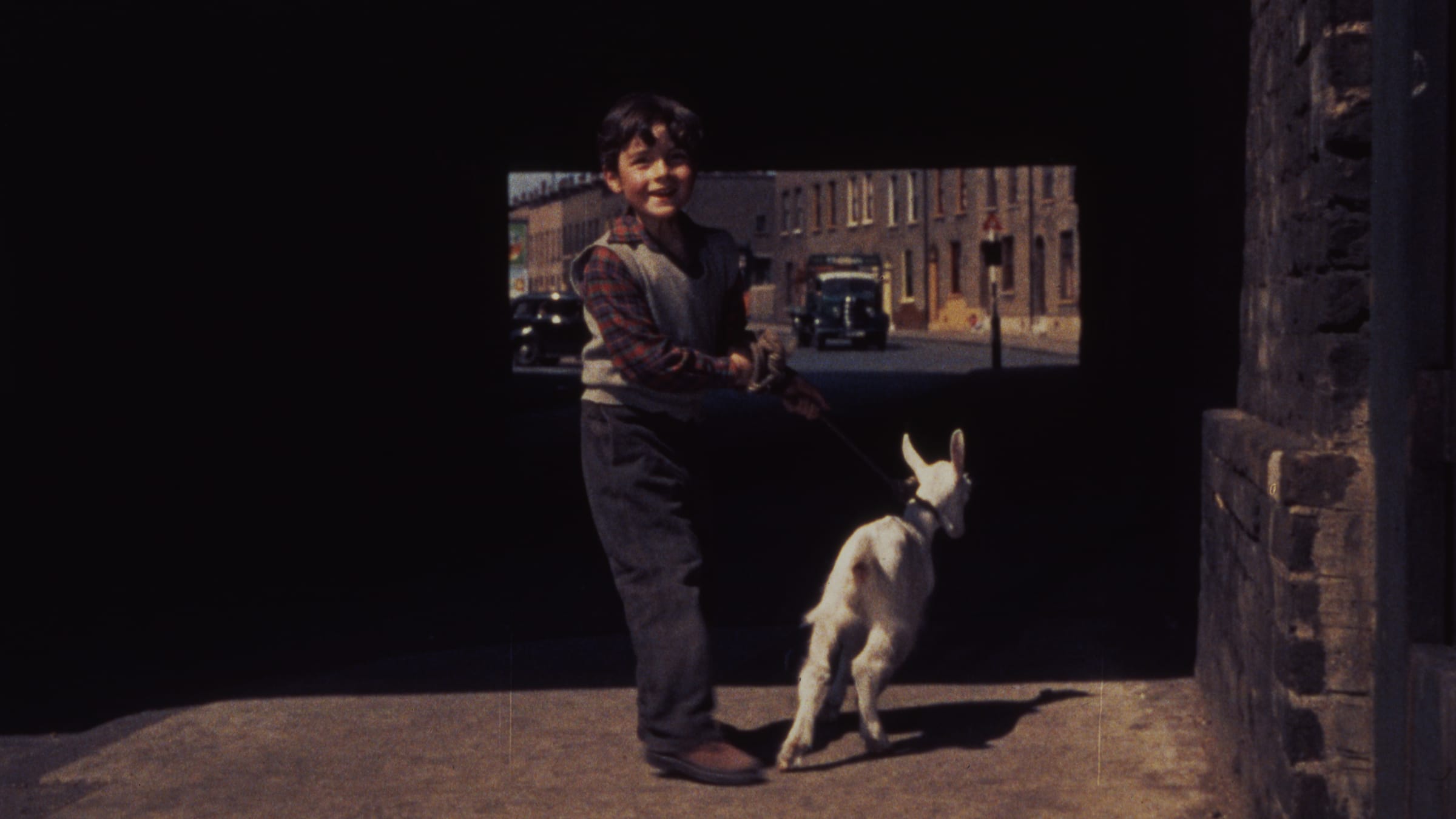RELATED ARTICLE
Odd Man Out: Death and the City
The Fallen Idol: Through a Child’s Eye, Darkly
The Criterion Collection

“Right then, get dressed!” my mother sang out once a year when I was a child. “We’re going down the Lane,” and I was at the front door with my coat on before she was. The Lane was not one of the leafy green byways that dotted our North London suburb of Mill Hill, a few blocks very down-wind from the ritzy homes of number two James Bond Roger Moore and The Prisoner’s Patrick McGoohan. To my father, a watchmaker with a tiny shop in cacophonous inner-city Clerkenwell, walking those lanes offered blessed peace and quiet. Perhaps because I was too callow to consider the fact that my folks had worked themselves to the bone to raise their kids in a green-designated suburb with decent schools, I found our neighborhood unutterably dull.
No, the Lane I loved to visit was Petticoat Lane, a bustling street market in London’s East End where my mum grew up. In the early 1960s the East End was still a working-class neighborhood dominated by the descendants of Jewish refugees from the pogroms who settled there in the 1880s. The Lane and its adjacent Brick Lane market provide the setting for Carol Reed’s charming 1955 movie, A Kid for Two Farthings, whose title is derived from an Aramaic song in the Passover Seder featuring a goat that could be bought for two zuzim.
The Lane was—and remains today, though with a mostly Southeast Asian demographic—noisy and cheerful and teeming with life both sacred and profane. The name derives from the dictum that “they would steal your petticoat at one end of the market and sell it back to you at the other.” You could buy anything there, much of it “fallen off the back of a lorry,” and some of the vendors from my mother’s childhood years still manned the stalls. “That your little ‘un, Hannah?” one grizzled stallholder bellowed at Mum when we stopped by. “She’s the image of you.” And he’d tickle my cheek and load me up with sweets in lethal shades of neon green and yellow.
I purred, thrilled to be in a place where, though I’d never lived there and never would, I felt I belonged. It wasn’t all roses, warned my mother, who grew up in poverty, albeit cushioned by a large, warm family. But my imagination was busy building a world that was equal parts reality-based and Dickensian dream. The life of my Lane was a wishful mishmash that drew on my mother’s tales and my own fevered longings for community. Adapted for the screen by Wolf Mankowitz from his novel about his native East End, A Kid for Two Farthings captures the Lane’s rowdy, humane spirit, and indulges my every gilded fantasy.